
True, there’s something to look forward to at just about any point in the flyfishing year. However, stream trout sipping small insects off the top in autumn, in broad daylight, are hard to beat. The fishing is highly visual, sometimes technical, and nearly always a test of your casting, drifts, and patience.

While you can find sippers at other times, apparently there’s something about autumn – particularly April – which favours this behaviour. I’m guessing it’s a mix of a prevalence of calm conditions, moderate flows, cool water temperatures, yet still enough warmth for decent numbers of insects to be out and about.
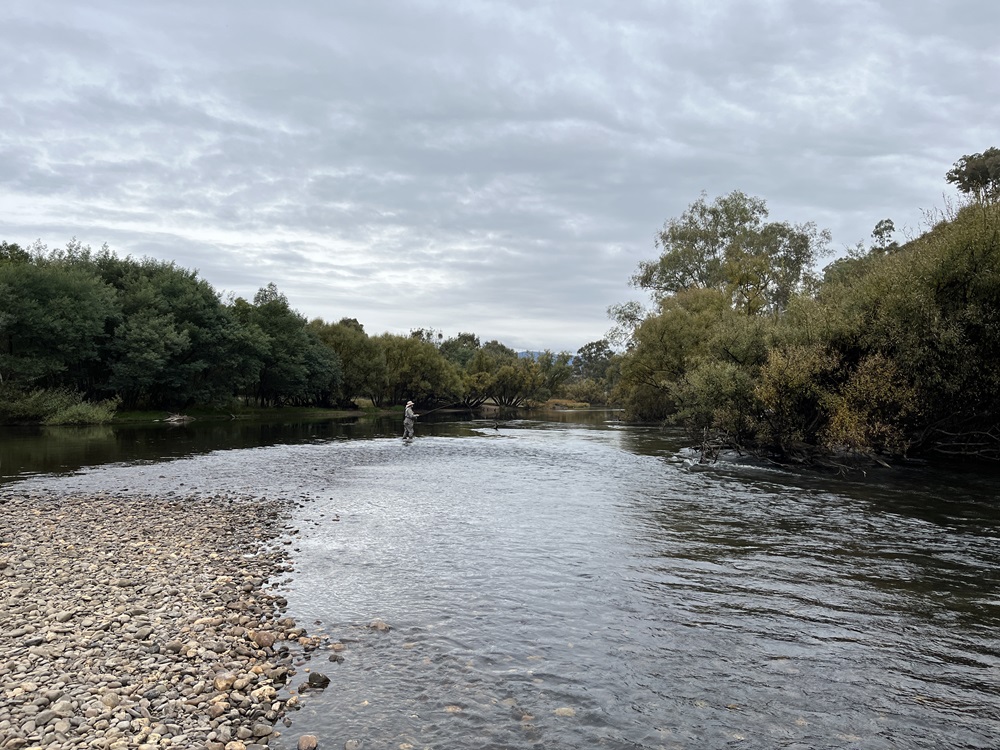
The last few days with JD on the Gouburn tailwater, the Jamieson, Rubicon, and the upper Goulburn, have reminded me why I obsess about sippers.
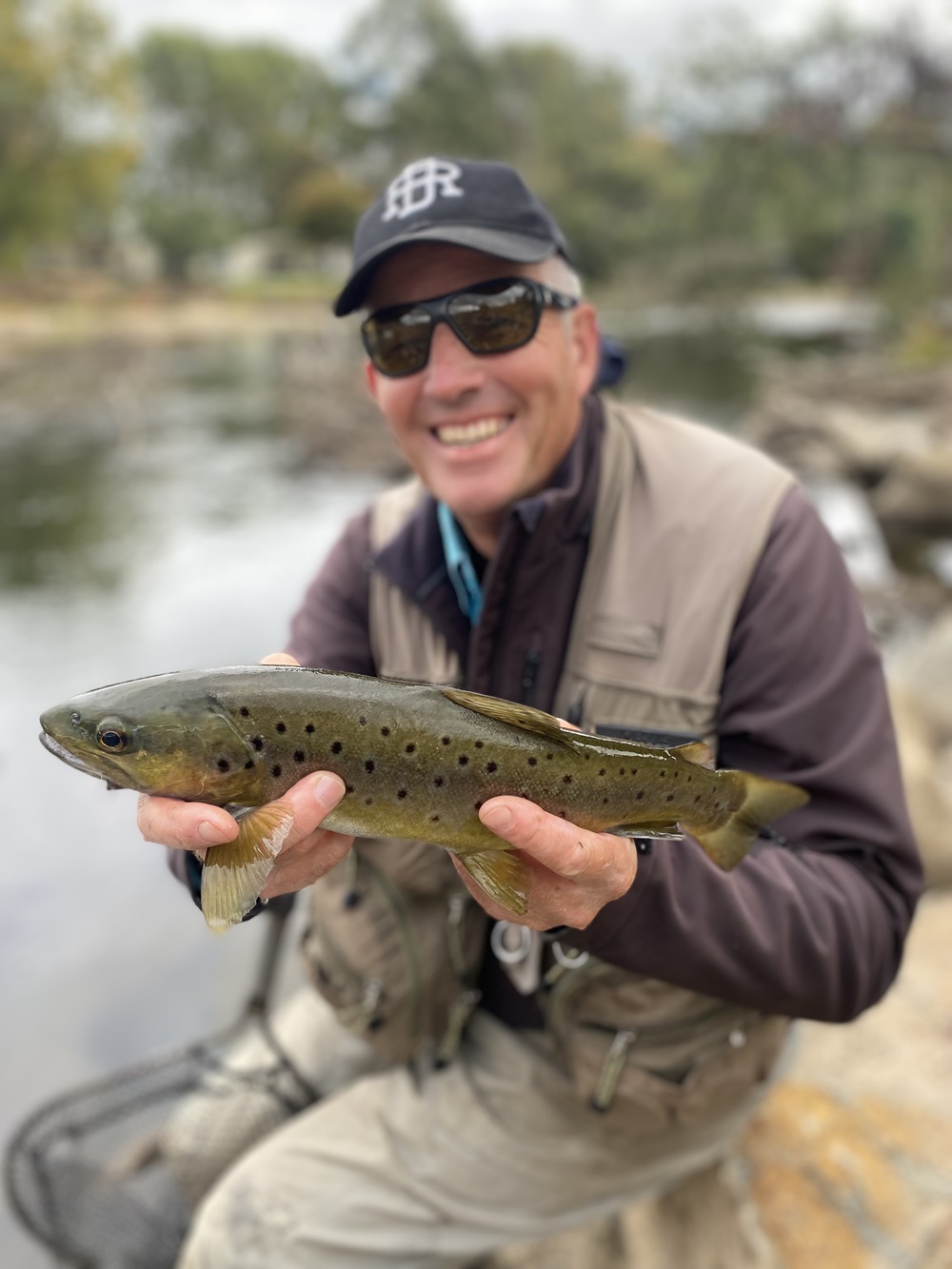
At the sweetest end of the sipper ‘chart’ were Gouburn tailwater sippers on Thursday. In the right quiet corners and bubble-lines (and why the trout choose some and not others can be a mystery) the sippers were up. You sometimes had to wait a few minutes to spot them – even the best ‘sipping’ isn’t happening non-stop.
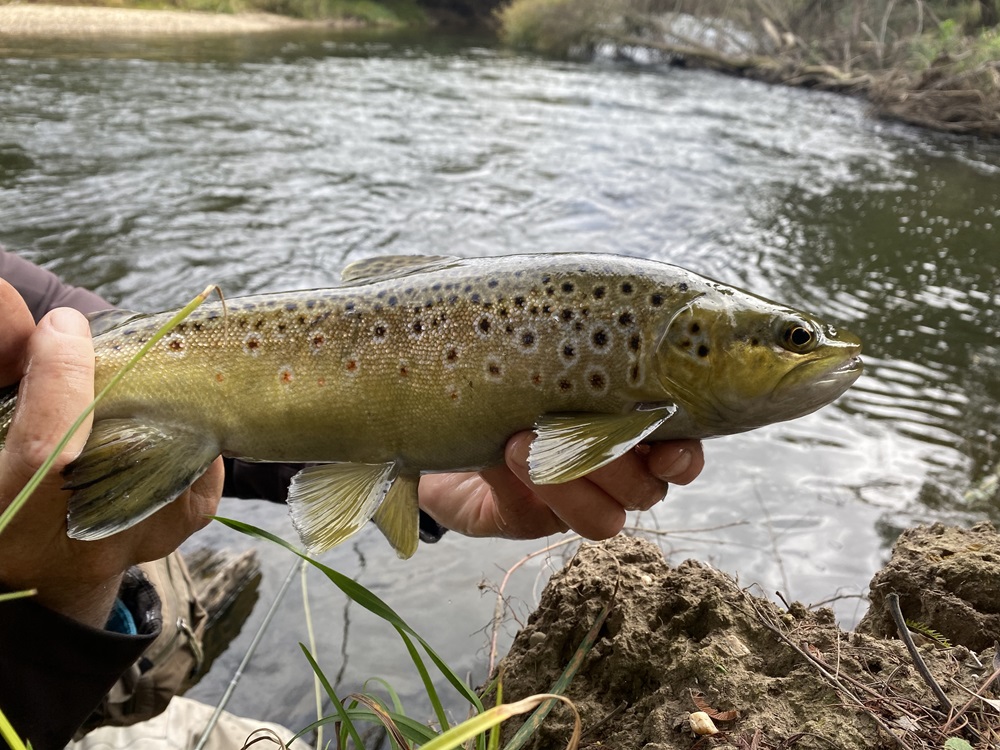
But allow for the pulses of food drifting down, and… yes, there’s one... and another. Sometimes the faintest ring, sometimes a small dark nose breaking the surface, and occasionally, even an audible clip.
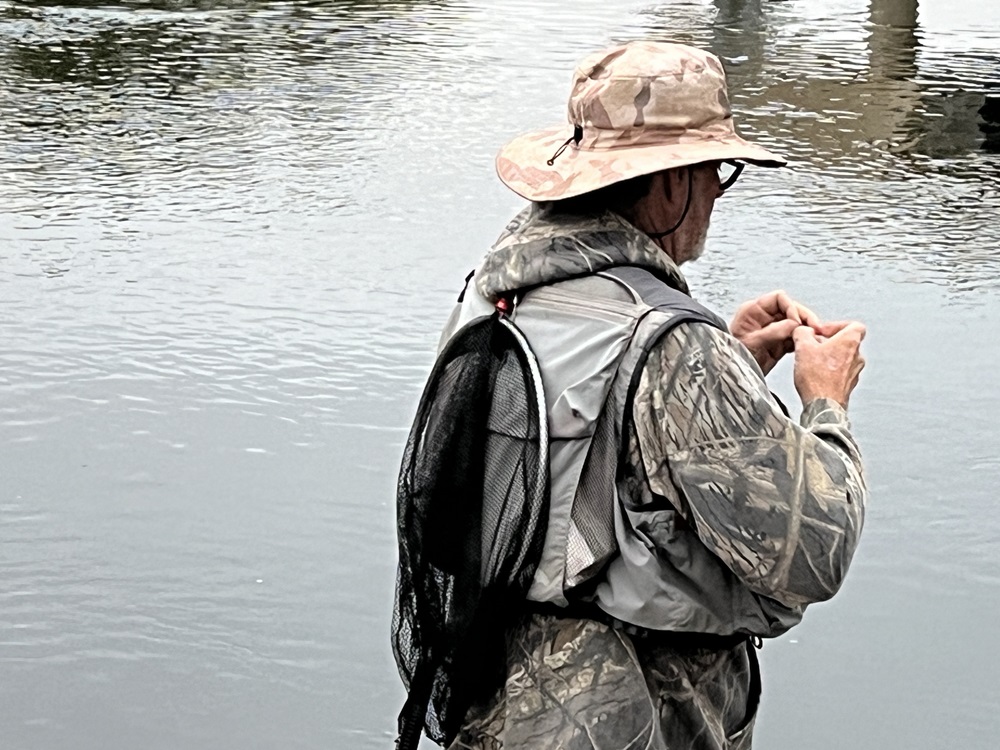
What fly? Very good question. Often, this behaviour isn’t strictly selective. However, the food, while varied, is usually small – perhaps a mix of midges, little duns, and tiny terrestrials. F-flies, parachute spinners or duns, and ants are my go-to patterns. And while I’m known for my aversion to fine tippets, for sippers, 4X or (heaven forbid) even 5X, can find its way to the end of my 14ft leader when I’m forced to use size 16-18 flies.

If fly choice isn’t always critical, good drifts always are. Although sipper currents can seem deceptively simple, often they are full of little complexities, and if your fly doesn’t drift the same way as the real food does, it will at best be ignored, or at worst spook the fish. This is a major reason for long leaders, which are more 'drift friendly' than short ones. Also take the trouble to position yourself with as few conflicting currents as possible between you and your sipper, and mend as needed - but no more.

Fly visibility is very important. Even tiny flies can stand out if the wing or post offer the right contrast. The best sipper of the trip, a 3 pound rainbow, took two naturals in two seconds, before taking my F-fly a handspan up-current a moment later. Had it not been for the fly's visibility, I'm sure I would have struck on the wrong rise.
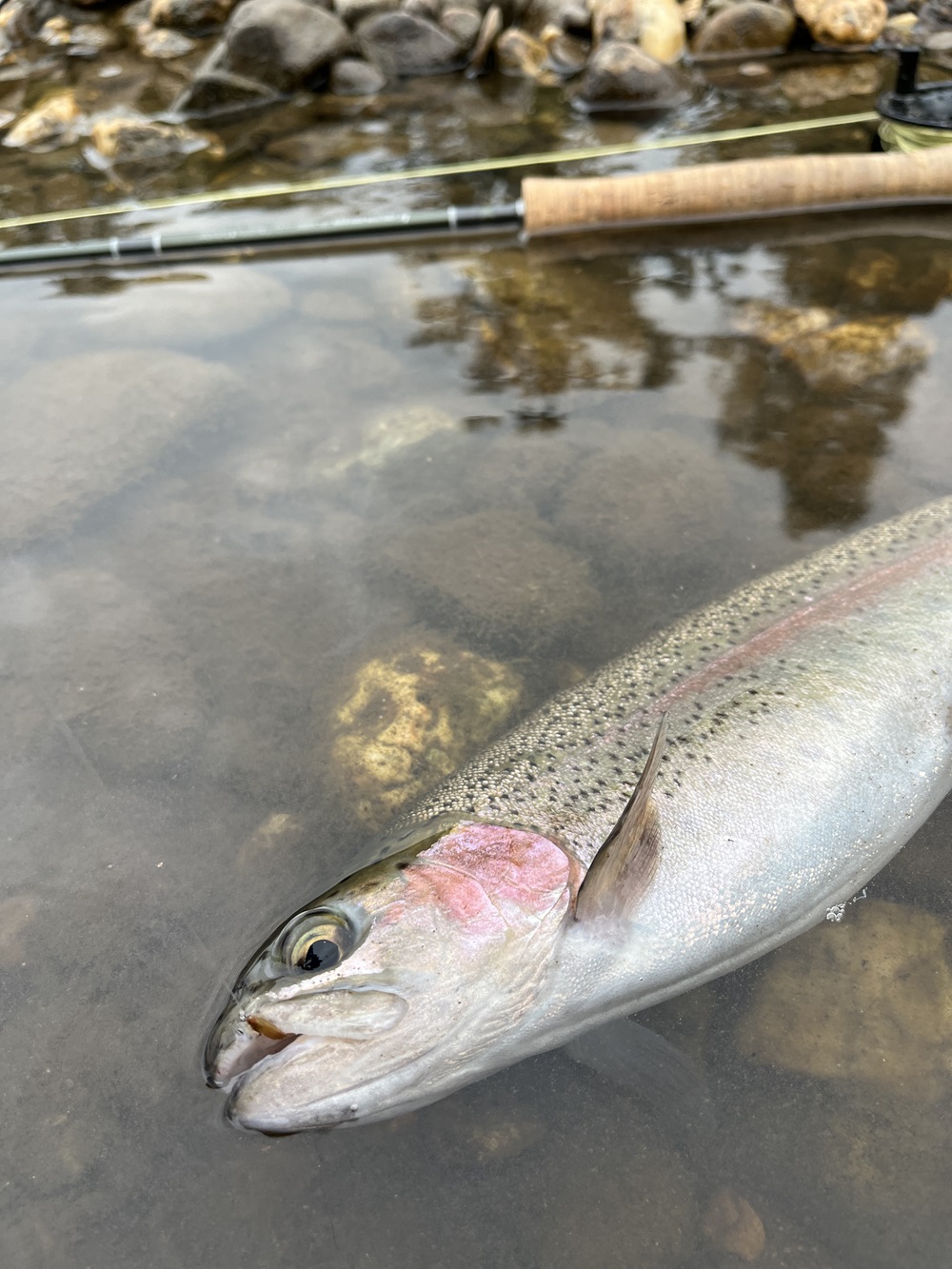
Now if all that sounds too good to be true, today on the Rubicon, I must have cast to a dozen sippers for two landed! JD thought that, on this occasion, perhaps they were being selective for tiny aphids. Or maybe, I just wasn't good enough. That's okay - with autumn sippers, some wins are enough.











